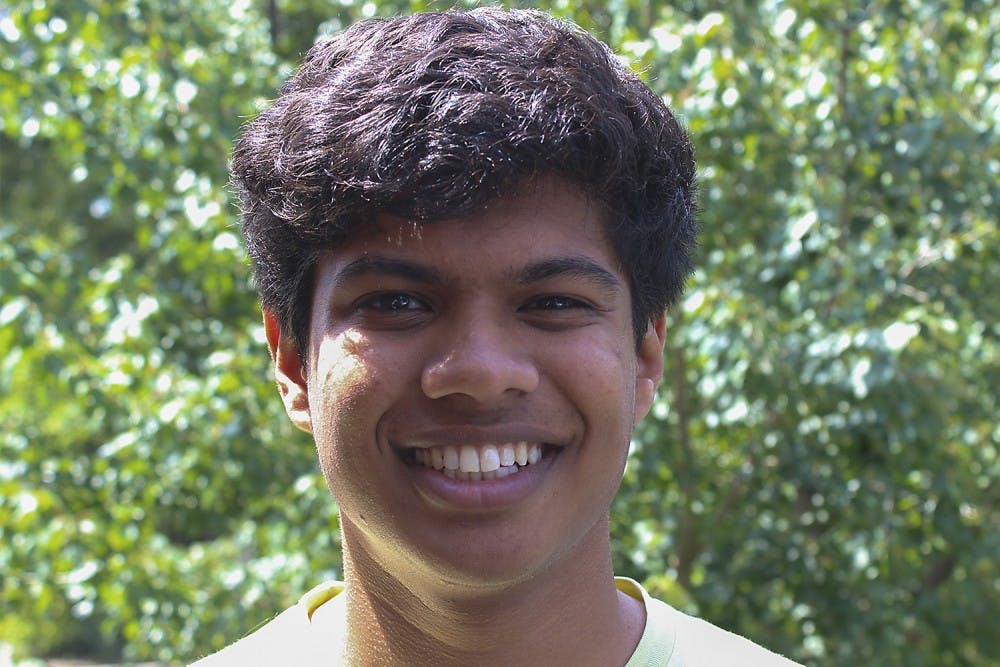Increasingly, Americans should feel compelled to question what it means to love football while reconciling its reality as a violent and aggressive national pastime.
But this collective worry does not seem to impede its popularity — last year’s Super Bowl was the most-watched TV program in U.S. history, viewed by 111.5 million people.
America’s favorite pastime echoes images of the Romans’ gladiatorial battles, which commodified hyper-violent masculinity into a spectacle for the cheering masses.
Our country too has a large appetite for violence and displays of male dominance. We must grapple with more pressing questions of whether it must be satiated at the expense of women, the LGBT community and men of color.
Football’s proponents explain its violence as a product of the athleticism necessary to compete at a high level, but I can’t think of many industries that produce long term brain damage for a third of their retirees.
Football is an active site of gender performance where men are encouraged to act out violent masculinity. And with black men composing two-thirds of players in the league, it also becomes an opportunity for viewers to racialize gender.
The impulsive and tenacious demeanor encouraged by the sport plays a role in our imagining of black men as hypermasculine and thus characteristically different from white men and non-black men of color.
America’s idea of black masculinity is one that reinforces false notions of violence and rage. These traits are admired on the field but can have deadly consequences elsewhere, as in the case of Darren Wilson’s description of Michael Brown as having inhuman strength.
Distortion of America’s perception of black masculinity is not something that occurs in isolation. It is, in part, actively fabricated by the national football audience. A recent study found that among people who identified as members of an NFL fanbase, 83 percent were white and 64 percent were male.




